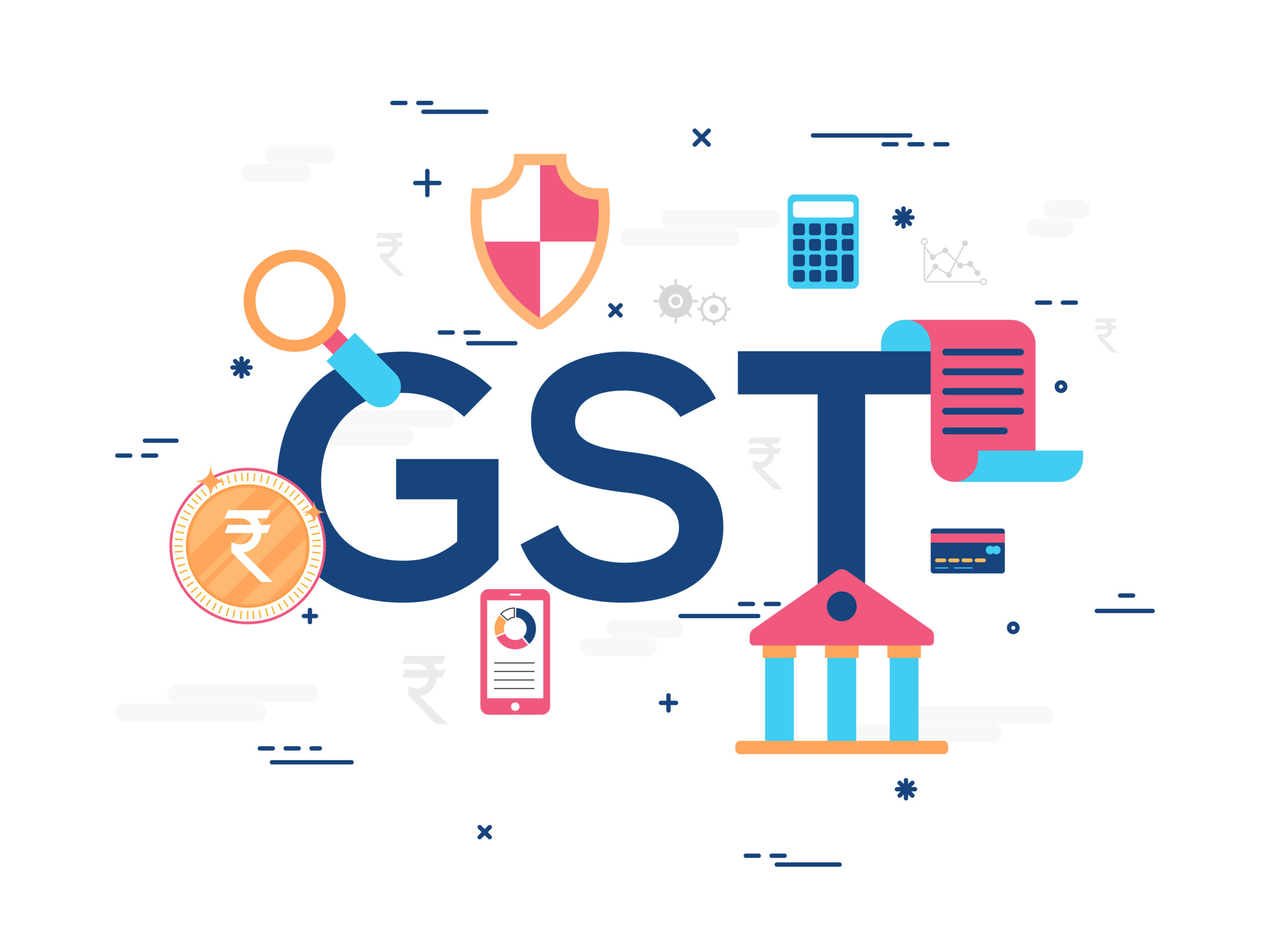Why is GST important?
It is important because it managed to bring India under one tax umbrella, which led to international confidence in Indian goods and services. It also made business incredibly easy to do within the country, as enterprises now had one common taxation scheme under which they could operate.
In this guide, we will discuss all the aspects of GST, including how you can register for it and how to calculate it. Let’s get started!
What is GST in India?
GST stands for Goods and Services Tax which came into effect on 1st July 2017. This is indirect taxation, which an end consumer usually pays.
GST replaced many other indirect taxes such as excise duty, VAT, service tax, entry tax and luxury tax.
In brief, this tax is levied on the supply of goods and services. It is calculated on the value added to any goods. Goods and Services Tax in India is a comprehensive, destination-based and multi-stage tax added on every value addition.
Let’s take a complete look into what these various terms mean, thereby understanding what GST is all about.
Comprehensive – GST covers every aspect of sale and purchase. It replaced various other taxes. It is called comprehensive because it encompasses every aspect of commercial life.
Destination-based – GST is levied in a state where the product is sold rather than the state where it was manufactured. For example, if these goods were produced in West Bengal and sold in Andhra Pradesh, the GST will be levied and collected in Andhra Pradesh.
Multi-stage – In the production of any goods or services, there are usually plenty of stages. These stages include the procurement of raw materials, production or manufacture, warehousing, selling to wholesalers, retailers and finally, the end consumers. At every stage, GST is levied. This makes it a multi-valued tax.
Value addition – Let’s take an example of textile production. First, raw materials such as cotton or silk are taken and made into cloth. This increases the value of the raw materials. Then the fabric is designed into clothes which further enhances their value. After the dresses are made, they are branded and sold to retailers who advertise and market them, thereby increasing their value. GST is levied on each of these stages where value is added to the product.
With this understanding of what is GST tax, you can go on to understand different types of GST.
What are the types of GST in India?
There is a four-fold break-up of goods and services tax in India. It oversees the levy of tax for central government GST, GST for states, union territories, and the integrated goods and services tax. You can check out the details of these below.
Central Goods and Services Tax – The central government levies a CGST on goods and services transactions. It is levied along with the State Goods and Services Tax and the Union Territory Goods and Services Tax. These are shared between the state and centre. For example, if you are a Mumbai-based trader selling to another Mumbai-based trader for an amount of Rs.50,000 with a GST calculated at 18%, then 9% will go to the state’s coffers, and the other 9% will go to the central government’s coffers.
State Goods and Services Tax – SGST or State Goods and Services Tax is calculated for intrastate goods and services transactions. The State Government keeps all of this tax that is levied. This tax replaces the other previous taxes such as VAT, octroi, luxury, entertainment and purchase tax.
Integrated Goods and Services Tax – Integrated Goods and Services Tax is the tax that is levied on service transactions and inter-state goods. It applies to exports and imports too. Both the state and the center take their respective shares of the tax. SGST part of the tax goes to that state where the goods or services are consumed.
Union Territory Goods and Services Tax – Union Territory Goods and Services Tax is the same as State Goods and Services Tax except that it is levied in the Union Territories of the country rather than the states. So expect to pay this tax in Pondicherry, Daman and Diu, etc.

